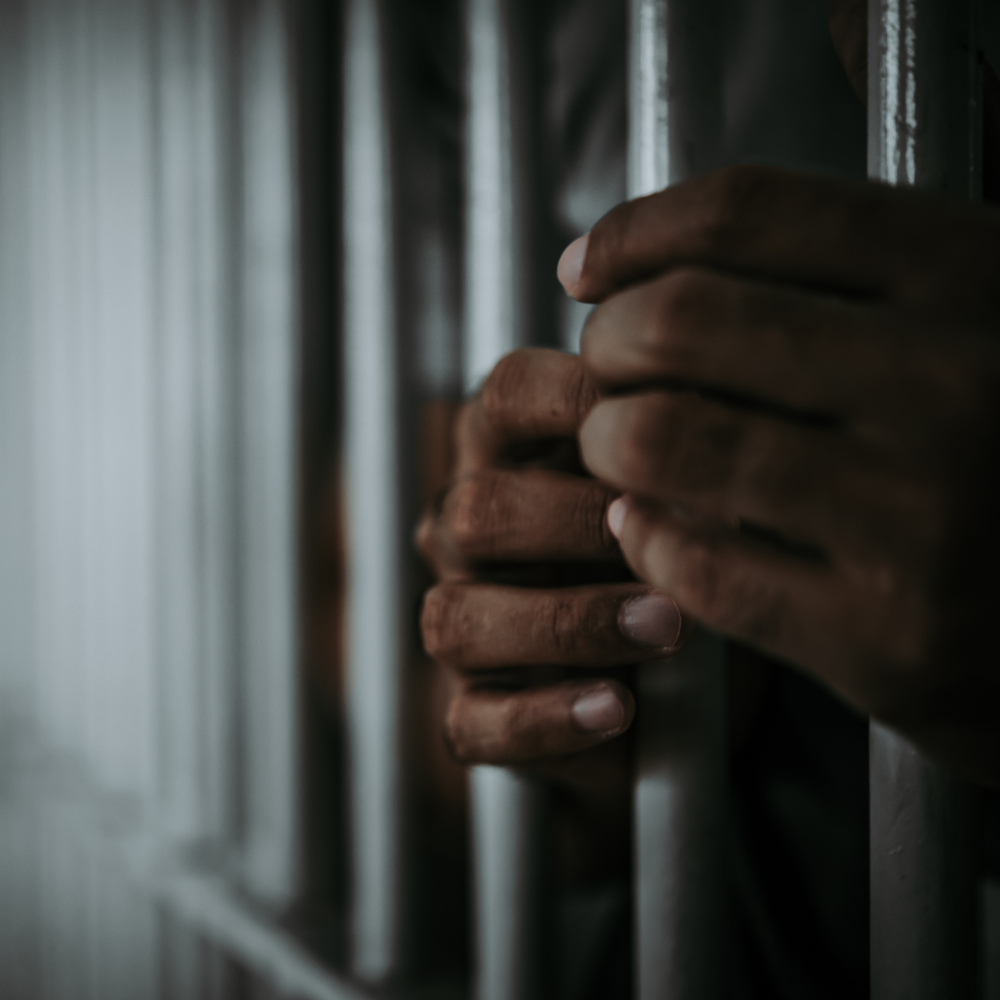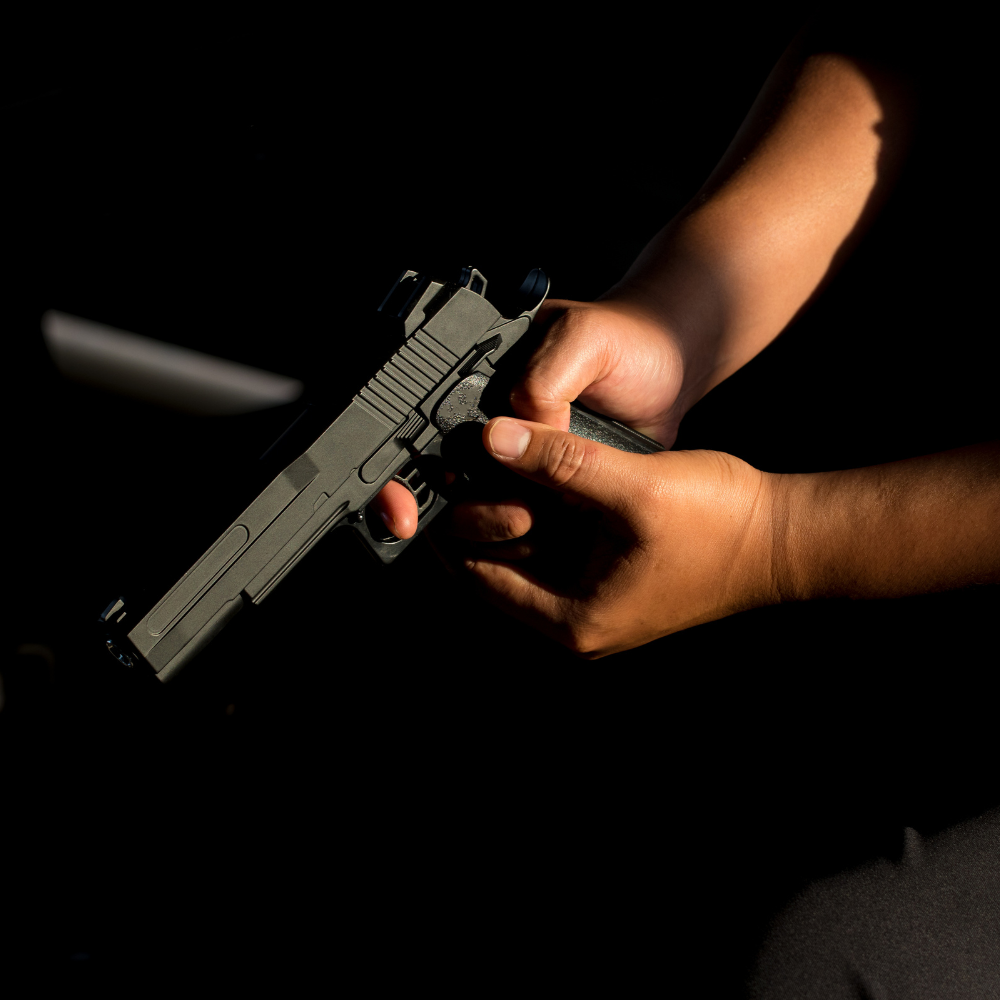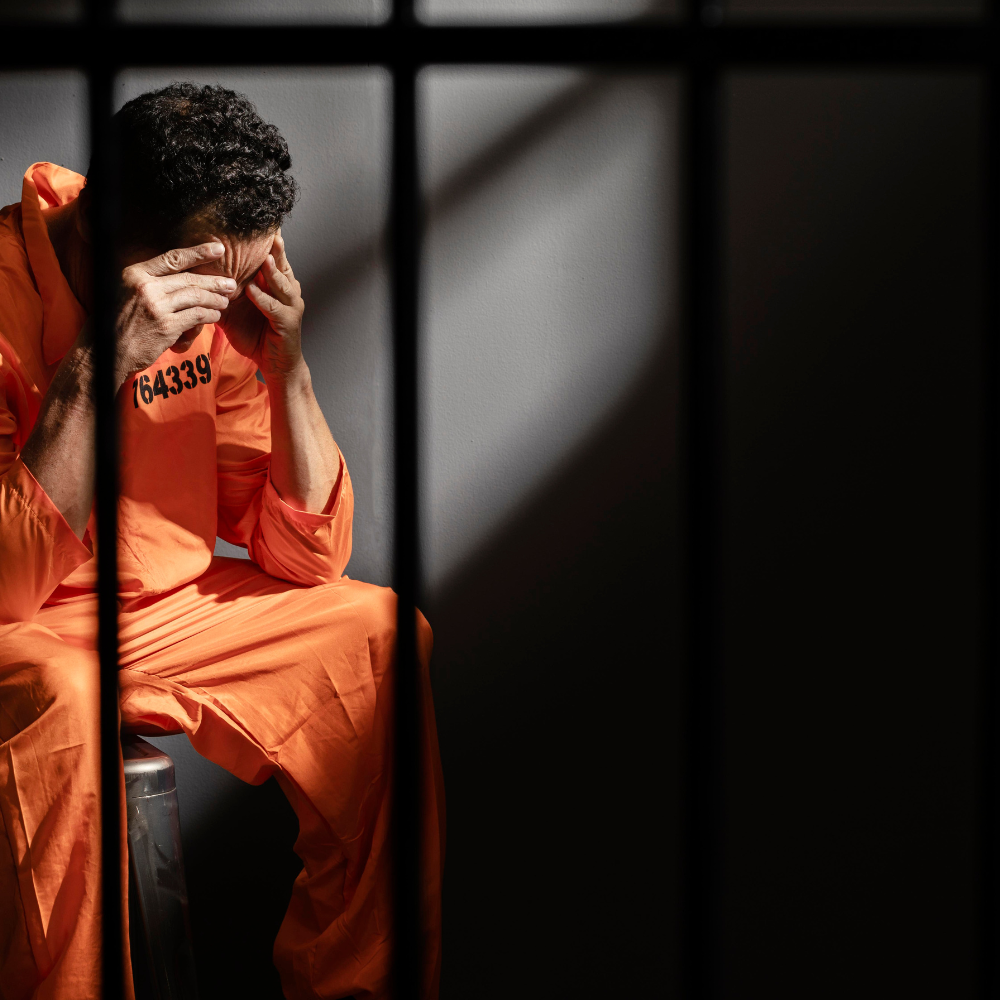South Carolina inmate scheduled for execution by firing squad
South Carolina is preparing to execute 67-year-old Brad Sigmon by firing squad on Friday, marking the first use of this method in the state in 15 years. The execution, scheduled for 6:00 PM local time (23:00 GMT), will be only the fourth time in the United States since the reinstatement of the death penalty in 1976 that an inmate will be executed by firing squad.
Sigmon, convicted in 2001 of the brutal murders of his ex-girlfriend’s parents, David and Gladys Larke, is set to face execution after spending more than two decades on death row. Sigmon killed the Larkes with a baseball bat in their Greenville County home before kidnapping his ex-girlfriend at gunpoint. She managed to escape while Sigmon fired at her.
The inmate was given the choice between electrocution, lethal injection, or the firing squad. His legal team has stated that Sigmon selected the firing squad due to concerns over the reliability and effectiveness of the other execution methods, particularly lethal injection, which has faced significant scrutiny in recent years due to botched executions.
South Carolina’s firing squad procedure is highly structured. Sigmon will be strapped to a chair with a collection basin placed underneath to catch blood. A target will be affixed to his chest, and a hood will be placed over his head. Behind a curtain, three volunteers will each fire a specialized bullet at Sigmon’s heart from a distance of 15 feet (4.6 meters). The bullets are designed to fragment on impact, causing maximum internal damage. A medical professional will confirm Sigmon’s death after the shooting.
This method has sparked heated debate among medical professionals and legal experts. Critics argue that execution by firing squad is an inhumane and painful process, while supporters assert that it is more reliable and effective than lethal injection, which has been marred by complications in recent executions.
Sigmon’s defense team attempted to halt the execution earlier this week, citing concerns about the lack of transparency surrounding South Carolina’s lethal injection procedures. They also questioned the adequacy of his legal representation in 2002, which they argued may have been ineffective. However, the South Carolina Supreme Court rejected their appeal, and the execution is expected to move forward as planned.
Since the death penalty was reinstated in 1976, South Carolina has not granted clemency to any death row inmate. Sigmon’s case has brought renewed attention to the state’s execution practices, particularly in light of the growing difficulties many states face in obtaining the drugs needed for lethal injections.
A 2023 law further complicates transparency in execution procedures, as it shields the identities of execution team members and prevents the release of information regarding the procurement of lethal injection drugs. This has drawn legal challenges from organizations like the American Civil Liberties Union (ACLU), which argues that such secrecy undermines the public’s ability to scrutinize the morality, safety, and effectiveness of the death penalty.
Sigmon himself has expressed concerns about lethal injection, citing past autopsy reports that suggested complications, including fluid buildup in the lungs, during previous executions. His attorneys stress that his selection of the firing squad was not an endorsement of the method but rather a choice made to minimize suffering for both Sigmon and those who might witness the execution.









